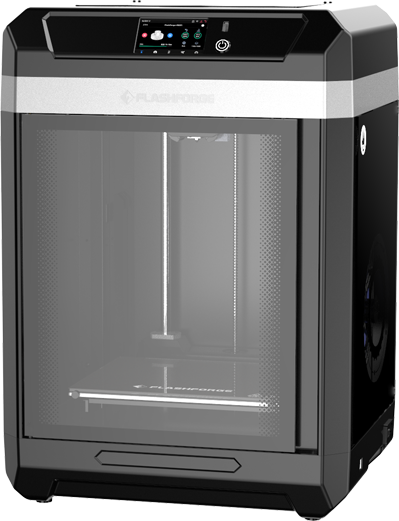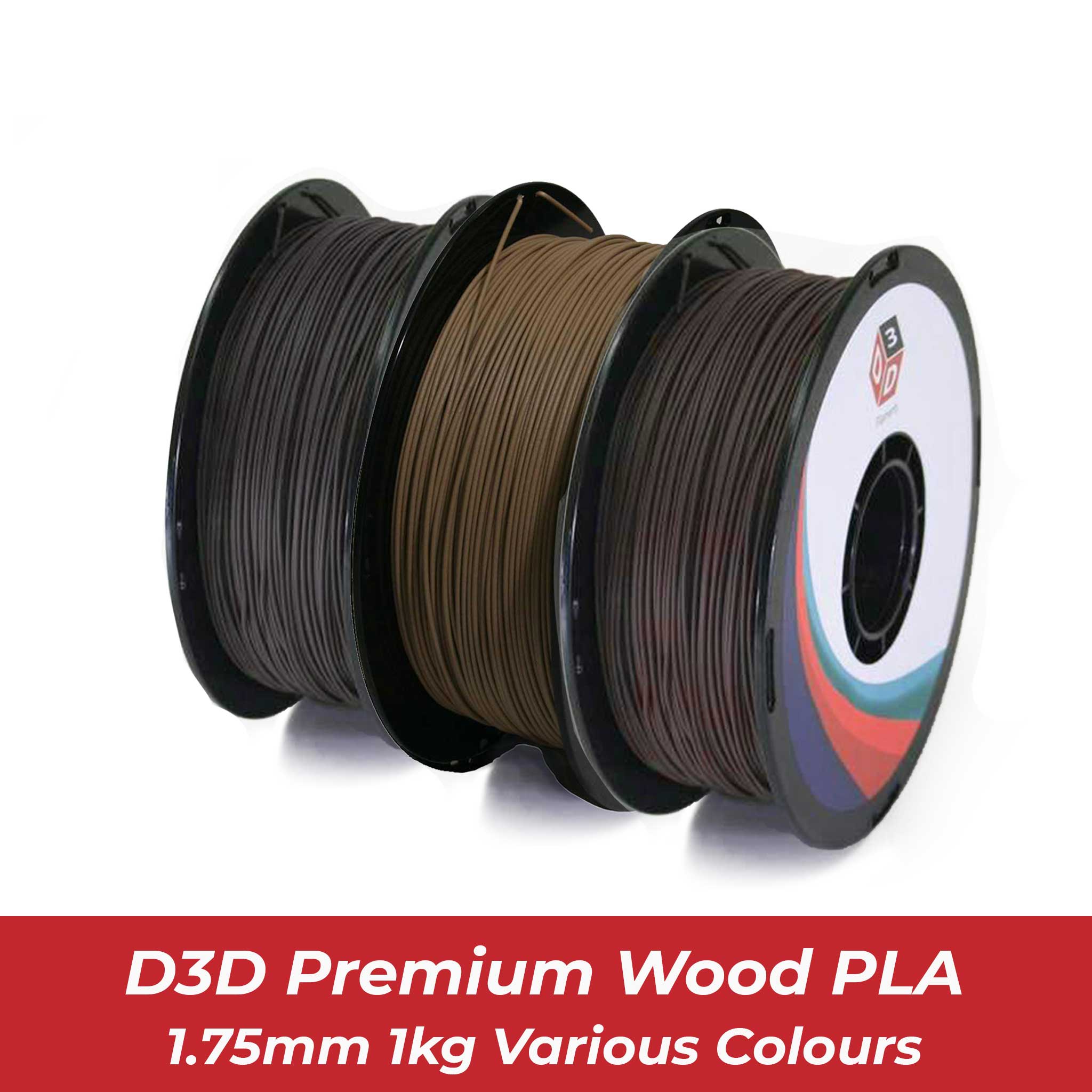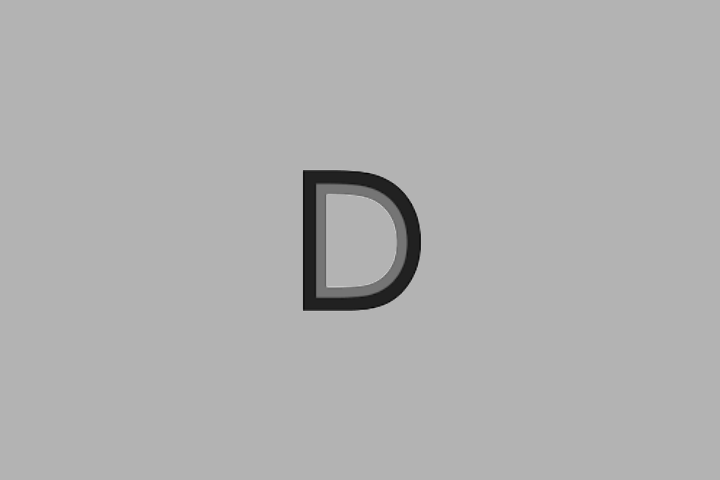FAQs
FAQ
How does THREE work?
THREE features a built-in CPU and GPU, 13MP Sony optical sensors, a state-of-the-art DLP projector, and WIFI connectivity. With extensive research and development, Matter and Form created embedded, built-in software that fully exploits this hardware to capture and intelligently process 33 micron accuracy scans in about 20 seconds. The whole process works within THREE itself - no software installation is required.
How is THREE different from other 3D scanners?
Other scanners require a massively powerful and expensive computer. THREE works with practically any computer, tablet or chromebook. Other scanners require you to hold them steady, at just the right place to avoid losing tracking, while watching a computer screen to see if it’s actually working. THREE features automatic and user-directed scan alignment. Using the included tripod, simply point the scanner at what you want to capture. The software will automatically align your scans on completion.
Do I need a special computer?
No! Matter and Form’s development team built THREE’s software from the ground up. It’s beautiful, simple, powerful, and incredibly efficient. Accessing THREE is done through a web browser, which means any modern device can run it. THREE does not use the cloud and is not software as a service, THREE has a built-in web server to serve the scanning software, and that is what you open with your web browser.
What is the scan speed, resolution, scan distance?
Capture time: 4 seconds.
Processing time: 10 seconds.
Projector frame rate: 60 fps.
Scan object distance to camera: 220 mm to 700 mm (8.66 inches to 27.56 inches).
Resolution: 37 microns @ 220 mm, 65 microns @ 400 mm, 114 microns @ 700mm.
Accuracy: 33 microns @ 220 mm, 150 microns @ 400 mm, 400 microns @ 700 mm.
Minimum capturable feature size: 0.2 mm (0.0078 in).
Maximum capturable object size: theoretically unlimited, but practically limited to 16 GB storage space.
What is ChromaSpec™?
Contrary to popular belief, blue light doesn’t automagically deliver higher-quality scans. Blue light scanners struggle to capture certain colors, so scanning spray is almost always required. THREE’s breakthrough ChromaSpec algorithm uses the full color spectrum to detect and process different-colored areas of the object. With THREE, most of the time you won’t need to worry about scan sprays. Instead of messing around, trying to get the settings just right, THREE lets you quickly get the scan you need, and keep your project moving forward.
What can I do with the THREE API?
THREE’s API gives you programming access to control scanning and the hardware. Computer science, automation, machine vision - all these and more are available when programming THREE. There is even a built-in runtime and an open-source GitHub code repository of example projects, so if you want to get into some really cool vision system programming, it’s ready to go! The API is websockets based so it is compatible with almost all programming languages.















































































